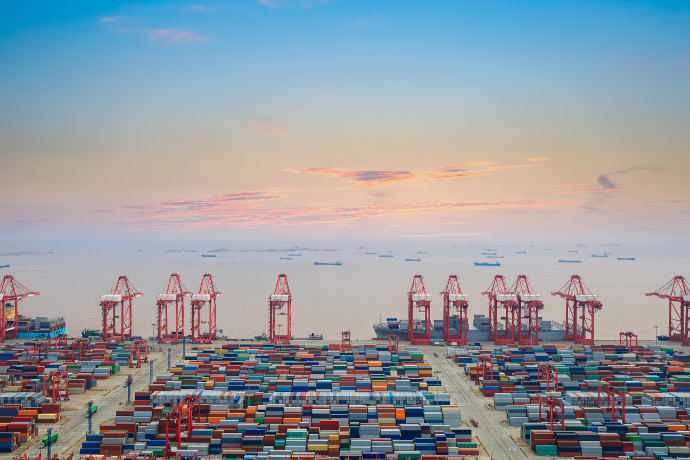
What sets Magellan apart?




How your business benefits
-
Complete, end-to-end supply chain management, including customs clearance and transport, giving you one point of contact across the entire shipment.
-
Digital freight portal and automated reporting provides complete visibility and control of all shipping activity.
-

Our Australian Trusted Trader accreditation recognises our trade practices providing a range of trade facilitation benefits.



Download our flyer
Register to download for information about our Sea Freight service

What goes into Sea Freight rates?
Sea freight is the most common mode used by importers and exporters, with around 90% of all cargo shipped by sea.
Why Sea Freight?
There are fewer restrictions on cargo types compared with Air Freight. Sea freight can handle high volumes and is the most economical. Goods restricted from Air Freight such as gases, flammable, toxic or corrosive goods, magnets and some types of chemicals can be all sent by sea.
CO2 freight emissions from sea freight are a fraction of Air Freight. According to DEFRA, 2 tonnes shipped for 5,000 kilometres by sea freight will lead to 150kg of CO2 emissions, compared to 6,605 kg of CO2 emissions for Air Freight.
How is Sea Freight calculated?
FCL sea freight is charged by the container size. Generally, a 40’ will be 2 x the cost of a 20’. Rates are market-driven and are usually only valid for a month.
LCL sea freight is charged by cubic metre. Forwarders will consolidate freight from various shippers into an FCL or all one shipper’s freight from multiple suppliers into a Buyer’s Consolidation and ship to the destination. Port charges are higher for LCL.
Helpful Resources
Importing your goods by Sea Freight
Important information around government regulations, cost and weight options.
Get in touch with us today









